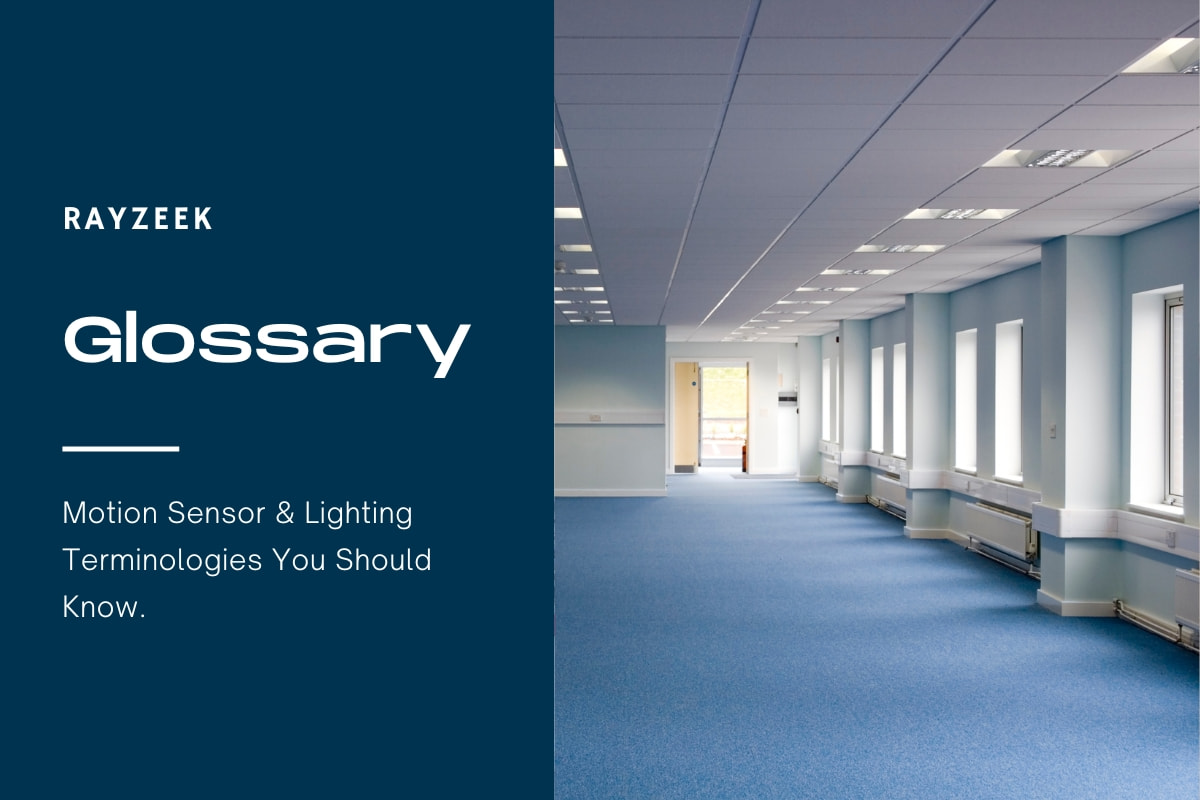What is Junction Box
A junction box, also known as a terminal box or j-box, is a metal or plastic enclosure used in the house to protect electrical wiring connections. It serves as a central point where multiple wires or cables can be safely connected together. The primary purpose of a junction box is to provide a secure and organized environment for these connections, ensuring their proper containment and protection.
One of the key functions of a junction box is to facilitate easy access to the wiring connections. By removing the cover of the junction box, professionals can conveniently make alterations, repairs, or additions to the electrical system, allowing for flexibility and convenience in modifying or expanding the system. Junction boxes also serve as a protective barrier for the wiring. They shield the connections from external elements or corrosive environments that may pose a risk to the wiring material. This protection helps prevent damage to the wiring and ensures the longevity and safety of the electrical system. Furthermore, junction boxes also safeguard the wiring from unwanted tampering. They act as physical barriers, preventing unauthorized access and reducing the risk of accidents, such as electrical shocks or fires, that can result from tampering with electrical connections.
Get Inspired by Rayzeek Motion Sensor Portfolios.
Doesn't find what you want? Don't worry. There are always alternate ways to solve your problems. Maybe one of our portfolios can help.
Frequently Asked Questions
Is It OK to Put the Junction Box in the Ceiling
It is crucial to ensure that junction boxes are installed in accessible locations. It is not recommended to install a junction box in a hidden wall or ceiling area where it cannot be easily accessed in the future. Additionally, it is important to cover junction boxes with solid covers that have no openings.
Do Electricians Use Junction Boxes
Junction boxes are an essential component in almost all electrical installations. It is important that the joint is easily accessible, and there are various methods, such as using maintenance-free terminals, to make the joint.
What Are the Disadvantages of Junction Boxes
Due to the presence of electrical terminals and the large size of junction boxes, the heat dissipation is relatively inadequate. Additionally, the inclusion of cable holes on the casing can compromise the product’s waterproof performance, as well as the connectivity of the wire and the limited conductive area.
Is It OK to Put a Junction Box in the Wall
It is not recommended to bury a junction box in the wall as it goes against building codes. This practice is not only unsafe but also inconvenient. If an electrician needs to access the junction box, they would have to cut a hole in the wall.
Can You Splice Wires Without a Junction Box
Wire splicing can be performed either inside a conventional fixture box, like an outlet or ceiling light box, or outside of it. When splicing wires outside a fixture box, a junction box is required for the cable connections. This junction box is specifically installed for the purpose of wire splicing.
What Happens if You Don’t Ground a Junction Box
A junction box that is not properly grounded can result in electrical surges. This can be dangerous as it allows the electricity to flow freely, increasing the risk of electrocution or fire.
Are Junction Boxes a Fire Hazard
3. Overcrowded junction boxes can pose a potential fire hazard. When a junction box becomes overcrowded with wires, it increases the risk of an electrical fire. The excessive amount of wires can cause the junction box to overheat, leading to the melting of insulation and potentially resulting in a fire.
Is It OK to Have a Junction Box in the Attic
Concealed junction boxes in the attic can be easily overlooked, creating a potential hazard for the occupants of the house. However, it is permissible to install a junction box in the attic according to the accessibility requirements. To address the accessibility issue, a common solution is to have the box accessible from the ceiling of the room below.
Can You Put a Junction Box Above a Recessed Light
Luminaires that are recessed in ceilings should not be utilized as a means to access junction boxes, unless the box itself is an essential component of the listed luminaire.
Does a Light Fixture Need a Junction Box
Often referred to as a junction box, this metal or plastic box is equipped with a cover to safeguard the wiring and ensure your safety. This requirement is applicable to wall switches, receptacles, and standard light fixtures, as they all necessitate a junction box for device installation and housing the wiring connections.
What Is the Difference Between an Electrical Box and a Junction Box
Electrical boxes, also referred to as junction boxes, are used to enclose wire connections. Their main purpose is to provide protection against short circuits, which have the potential to cause fires. This comprehensive guide provides information on the various types of electrical boxes, including their materials and applications. Additionally, these boxes are available in a wide range of shapes and sizes to accommodate different installation requirements.
Should Junction Boxes Be Avoided
Junction boxes serve the purpose of safeguarding your wiring connections against potential damage. Electrical connections made outside of a junction box can result in wiring damage and heighten the chances of heat and sparks occurring.









